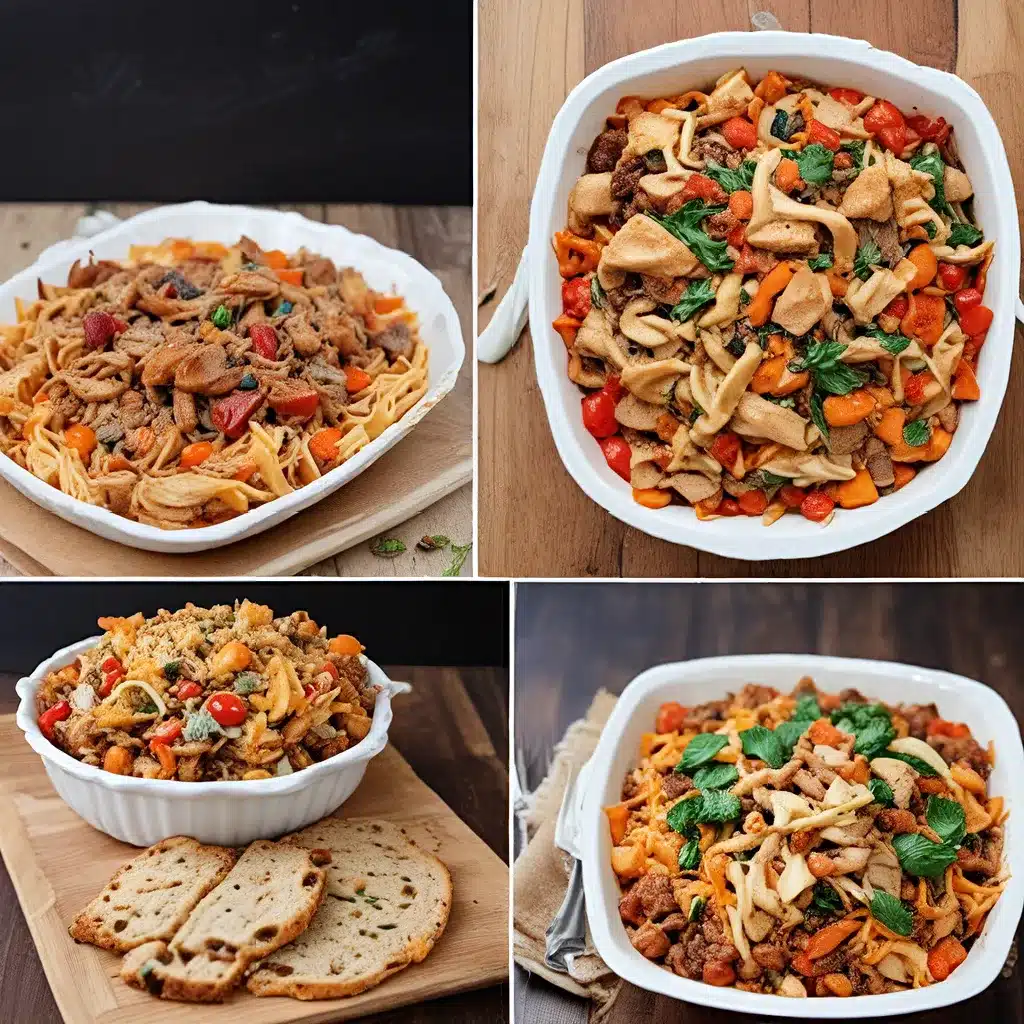
As a passionate home cook, I’m always on the lookout for ways to get the most out of my ingredients and minimize food waste. One of my favorite kitchen hacks is to transform leftovers into culinary masterpieces – creative dishes that breathe new life into otherwise overlooked scraps and remnants. It’s a revelatory experience when you realize just how much potential lies in those forgotten bits and pieces we’re so quick to discard.
Take the humble green mango seed, for instance. Growing up in a Maharashtrian household, I learned from an early age that this unassuming little gem tucked inside the fruit could be the key to unlocking a whole world of delicious possibilities. While many home cooks might simply toss the seed aside after enjoying the tangy flesh, my family has a nifty trick that’s been passed down for generations: we use it to make a traditional Maharashtrian-style dal called Kairee chi Amti.
Discovering the Versatility of Green Mango Seeds
The beauty of Kairee chi Amti lies in its ability to transform something as simple as a green mango seed into a flavor-packed culinary marvel. After using the fruit’s flesh for other dishes like pickles, curries, or refreshing green mango coolers, my family saves the seeds to make this comforting split pigeon peas stew.
I like to think of it as a celebration of mindful cooking – making the absolute best use of every last bit of the ingredient, and turning food scraps into something truly special. It’s a brilliant zero-waste solution that not only reduces kitchen waste but also elevates the flavor profile of the classic Maharashtrian Amti.
The secret lies in the seed’s unique properties. When cooked, it infuses the dal with a delightful tangy, slightly sweet note that perfectly complements the earthy, spicy flavors of the toor dal. It’s a harmonious balance that takes the comfort-food dish to new heights, making it a true delight for the senses.
Bringing Tradition and Innovation to the Table
What I love most about this recipe is the way it seamlessly blends tradition and innovation. Amti is a beloved staple in Maharashtrian cuisine, cherished for its simplicity and robust flavors. But by incorporating the green mango seed, my family has put a modern, sustainable spin on this classic comfort food.
It’s a testament to the power of creativity and resourcefulness in the kitchen. Instead of discarding those humble seeds, we’ve found a way to repurpose them into something extraordinary – a dish that not only satisfies the palate but also aligns with our values of mindful, zero-waste cooking.
Unlocking the Hidden Flavors of Food Scraps
The Kairee chi Amti recipe is just one example of the many ways we can transform leftovers and kitchen scraps into culinary masterpieces. Whether it’s using vegetable peels to make flavorful broths, or blending overripe bananas into decadent smoothies, the possibilities are endless when we approach food with a spirit of innovation and curiosity.
One of my favorite zero-waste cooking hacks is to save citrus peels and use them to make homemade cleaning products or flavored syrups. The bright, zesty notes of lemon or orange can add an unexpected twist to everything from cocktails to baked goods. And let’s not forget about those vegetable ends and stems – they can be transformed into crunchy chip-like snacks or nutrient-packed pesto.
Embracing the Art of Repurposing
The beauty of repurposing leftovers lies in the way it challenges us to think differently about the foods we consume. Instead of seeing waste, we start to recognize the hidden potential in every ingredient – the opportunity to create something new and exciting from what might have otherwise ended up in the trash.
It’s a mindset shift that not only reduces our environmental impact but also sparks our creativity in the kitchen. When we’re willing to experiment and think outside the box, we open ourselves up to a world of culinary discoveries. Who knows what delicious surprises might be lurking in those seemingly mundane food scraps?
Transforming Everyday Ingredients into Mouthwatering Meals
As I’ve delved deeper into the world of zero-waste cooking, I’ve been continually amazed by the transformative power of repurposing. Take, for example, the bread ends that often get tossed aside. With a few simple steps, you can turn them into crispy breadcrumbs or flavorful croutons to elevate soups, salads, and casseroles.
Or consider the overripe bananas that might otherwise end up in the compost bin. By mashing them into a creamy base, you can create decadent smoothies, moist muffins, or even rich ice cream. The opportunities for culinary innovation are truly limitless.
Embracing Creativity and Reducing Waste
As I continue on my journey of zero-waste cooking, I’m constantly inspired by the way it pushes me to think differently about the food I prepare. It’s not just about reducing waste; it’s about unlocking the hidden potential in every ingredient and finding new and exciting ways to transform the ordinary into the extraordinary.
Whether it’s using green mango seeds to make a flavor-packed dal, or whipping up a luxurious banana cream pie from overripe fruit, the key is to approach each ingredient with a spirit of curiosity and creativity. By embracing the art of repurposing, we can minimize our environmental impact while elevating our culinary experiences in delightful and unexpected ways.
So the next time you find yourself staring at a pile of leftovers or kitchen scraps, don’t simply discard them. Instead, let your imagination run wild and see what sort of culinary masterpiece you can create. After all, the true magic in the kitchen often lies in those unassuming ingredients we might have otherwise overlooked.

